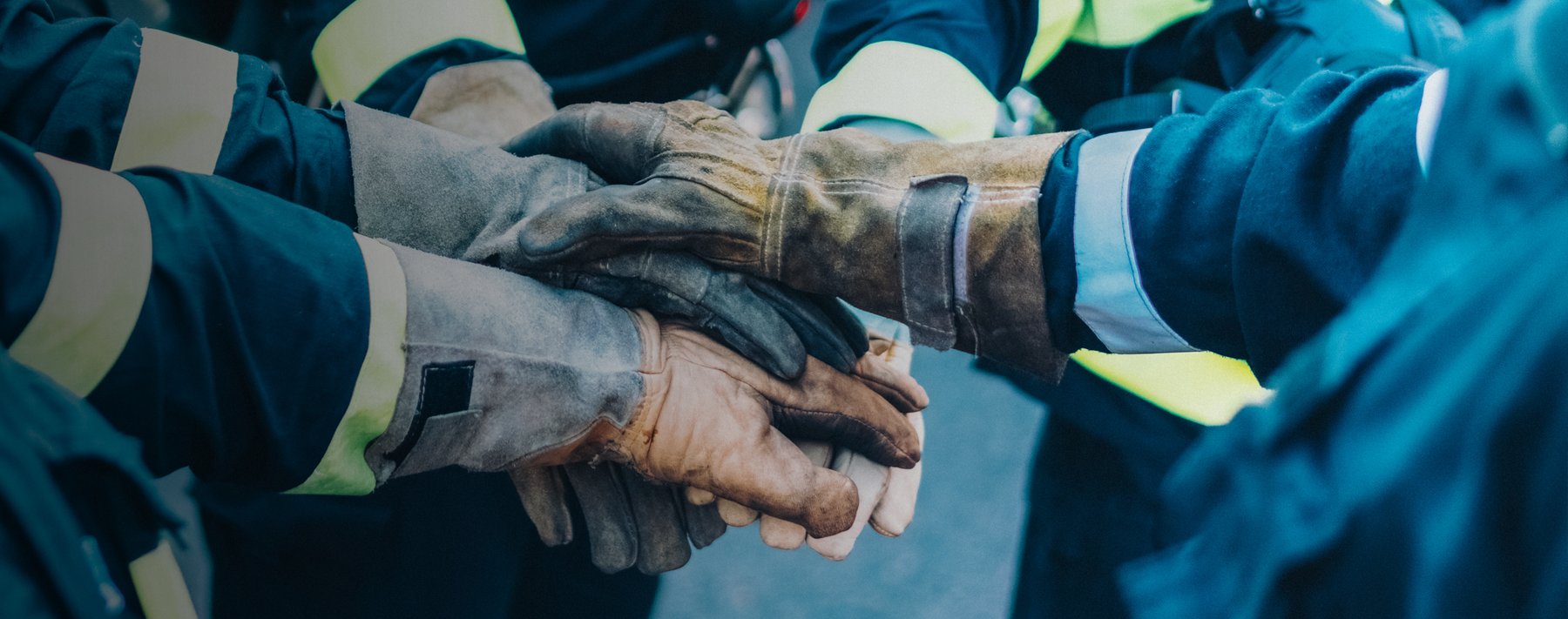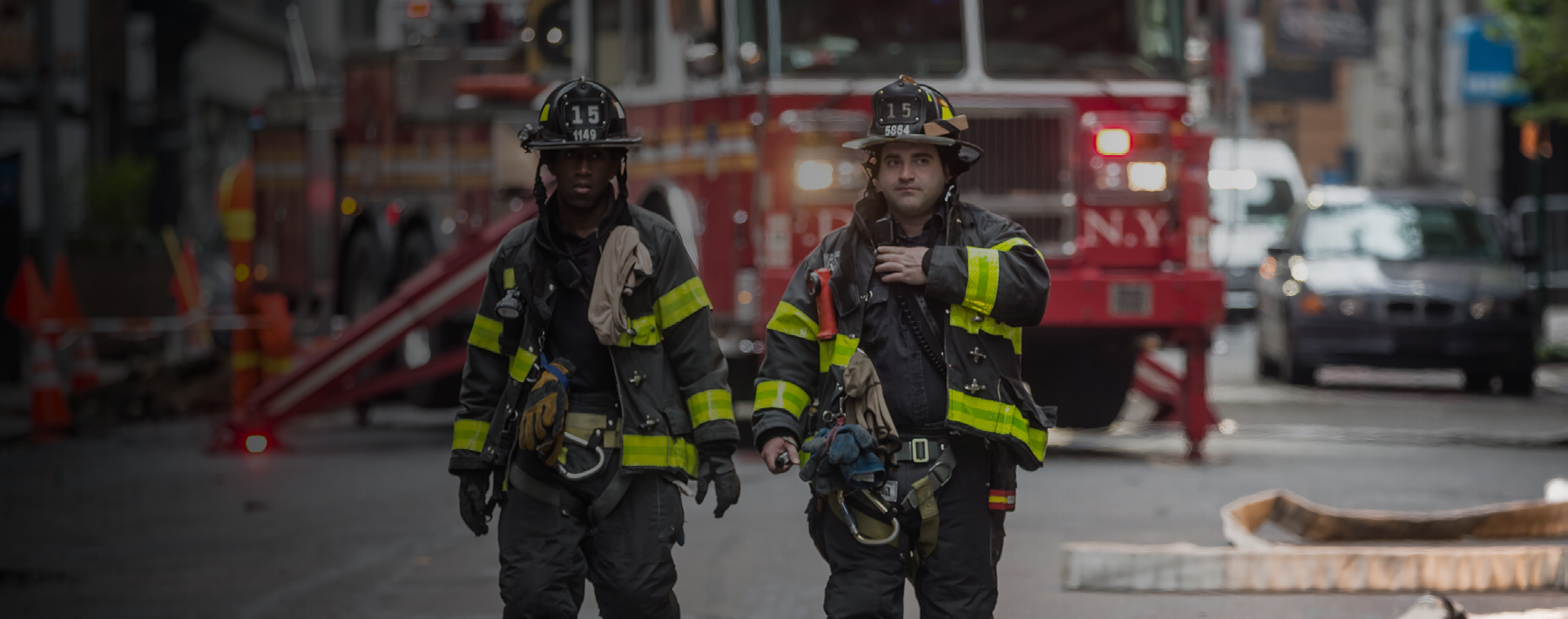It’s time to put a stop to firefighter ED.
Now that caught your attention! But the ED I’m referring to is not what you’re thinking. Phew! Instead, it’s an incident command phenomenon I’ve noticed that I’ll call Early Dismissal.
I first became aware of ED as a young firefighter. It was a quiet Sunday afternoon. Football on, spaghetti sauce brewing, recliners tipped back. Then the tones came over the station. We were dispatched for reported “smoke in a structure.” Well, we all know what those calls amount to, right? Back then, some captains didn’t even don their personal protective equipment (PPE) to these “reported smoke” calls (it’s nice to see policy changes that have made us safer in today’s fire service).
How wrong we can be!
We were the second-due engine on this first-alarm commercial assignment. It was a large two-story junior high school with multiple classrooms in one structure. Responding in, we heard Engine 31 arrive on scene. Over the radio, the captain reported, “Engine 31 on scene, nothing showing.” We staged one block out, ready to take a hydrant, assist in fire attack—anything. We were ready!
But there were no visible signs of smoke or flame. Engine 31’s crew went inside, donning their helmets but no other PPE. After all, they were investigating—they needed their sniffers out! Soon, Engine 31’s captain (apparently suffering from ED) reported, “Engine 31 can handle, cancel the assignment.” In less than 10 minutes, we were back at the station. We pulled in, got off the rig, stirred the sauce and hit the recliners. No sooner than our feet were up and the tones went off again: “Reported structure fire, First Ave., Junior High School.” What? We were just there!
We suited back up and started responding. On the radio we heard lots of urgent communication and directives for incoming resources upon arrival. We could see light smoke drifting into the sky. By the time we pulled up, heavy smoke and fire was venting through the roof. An electrical fire in the wall had burned unnoticed for some time. The incident ultimately turned out to be a fourth-alarm fire, burning down most of the school. Needless to say, within our department we renamed the school after Engine 31’s captain.
It may not happen often, but if you’ve been in the fire service long enough, you’ve likely experienced ED. And once is too often! Canceling or dismissing resources too early or not requesting enough resources can make an otherwise efficient, safe operation quickly spiral out of control. And in most cases, resources are plentiful; we just fail to request them or keep them staged.
This is not just a phenomenon with incident command at structure fires. We see it with car fires that spread into carports/apartments, dumpster fires that take down city blocks and wildland incidents where engines, dozers, hand crews and of course our biggest and best ally—air support—are cancelled too early.
Following are some important lessons I’ve learned about firefighter ED over the years:
Don’t let the dispatch report lull you into complacency. Smoke in a structure, appliance fire, electrical fire, dumpster fire, vehicle fire—all sound routine in nature, but can have serious, damaging consequences when we let our guard down or underestimate how quickly fire conditions develop or change. Until you show up and thoroughly investigate, don’t assume you know what you’ll be facing.
Use caution when cancelling resources when faced with active fire, especially with severe fire conditions. In many cases, it may be best to wait for a chief officer to arrive on scene before cancelling.
During wildland fire events or structure fires that threaten exposures, deploy and stage resources immediately to areas needing structure protection.
On wildland fire events, request air support immediately if there is any chance you’ll need them. Air ops is often our best chance for an early knockdown.
Stay humble and keep the customer in mind. Sometimes our pride prevents us from making wise decisions. After all, we’re the best department around, we can handle it. Cancel any mutual aid; we’ve got it! But as Chief Goldfeder says, it’s not your fire. It’s the customer’s worst day. Competition between departments is healthy—for the annual softball game. When you’re responding on a call, work together and don’t let your ego get in the way.
Whenever lives are lost, property is damaged/destroyed or hillsides are stripped of vegetation (leading to potential winter disasters from erosion), it’s catastrophic. But if it could easily have been prevented through effective use of available resources, the results will be even worse. You’ll face public outrage, negative media attention on your department and potentially even costly lawsuits and litigation.
So next time you respond on an incident and think, “No problem, we can handle this!”, don’t be so quick to an ED (early dismissal/cancellation of resources). The protection of lives, property and environment is always our first and foremost mission. The goal is not to go it alone; it’s to use the appropriate amount of resources needed to safely, efficiently achieve the mission.



